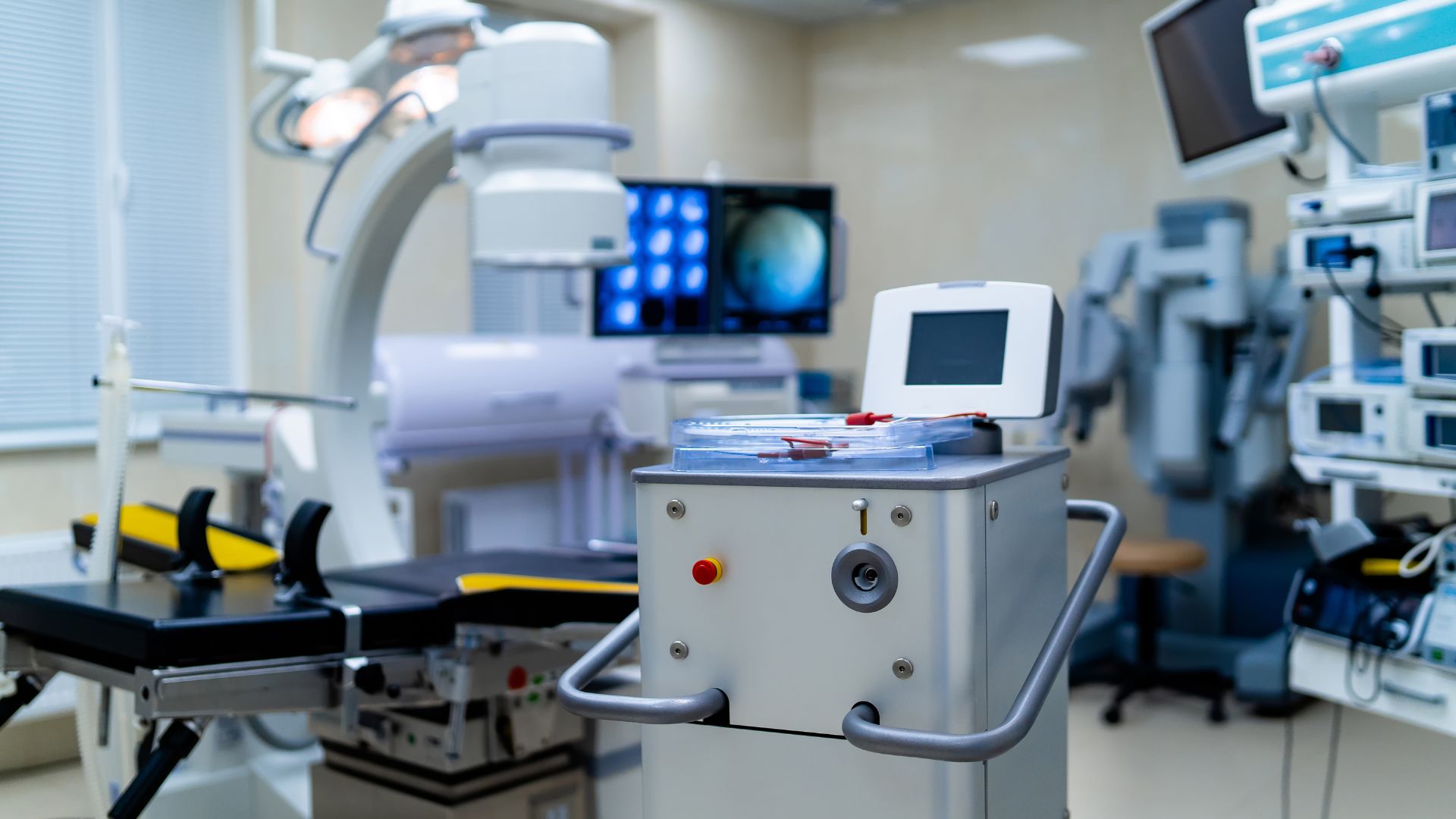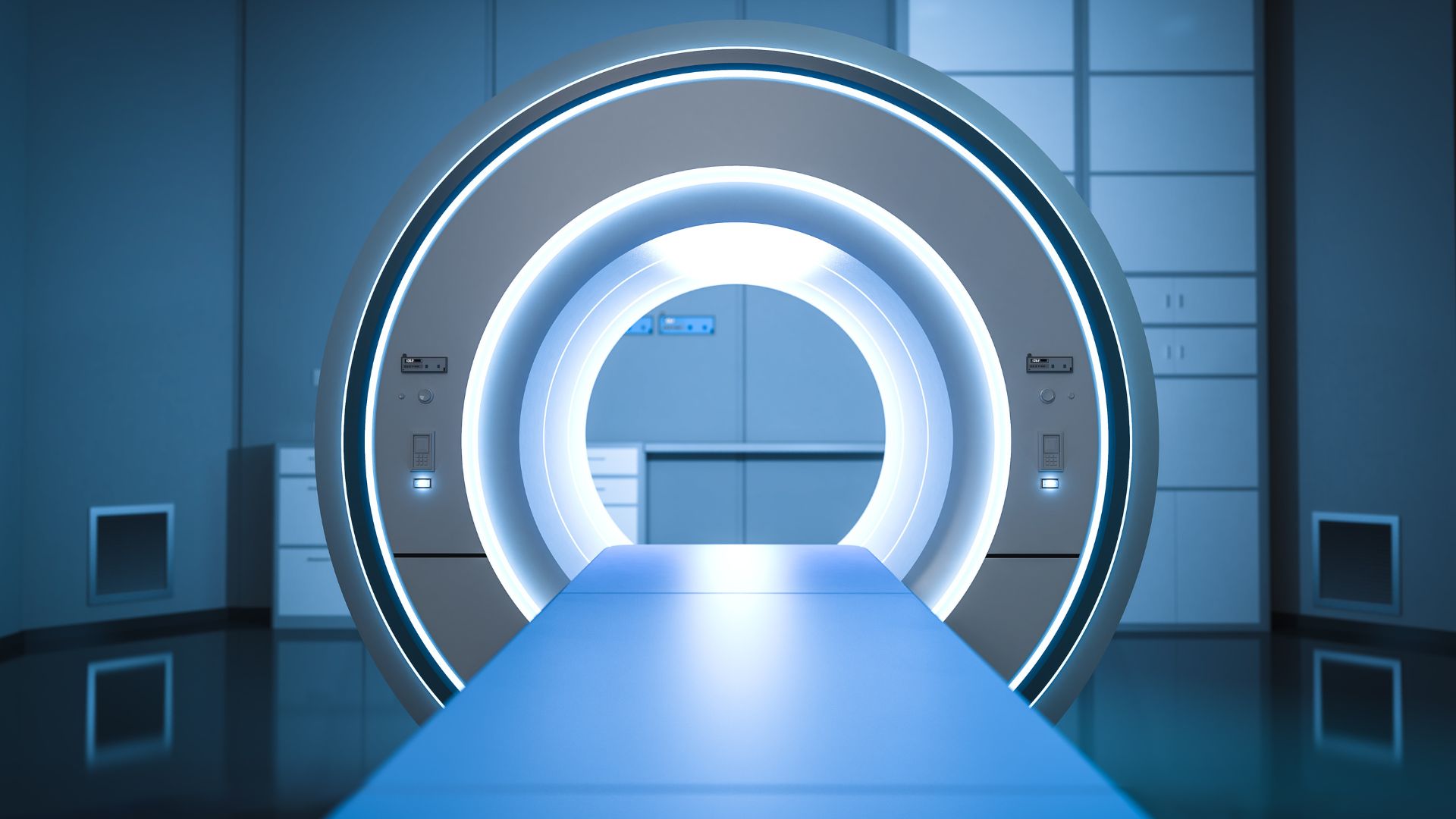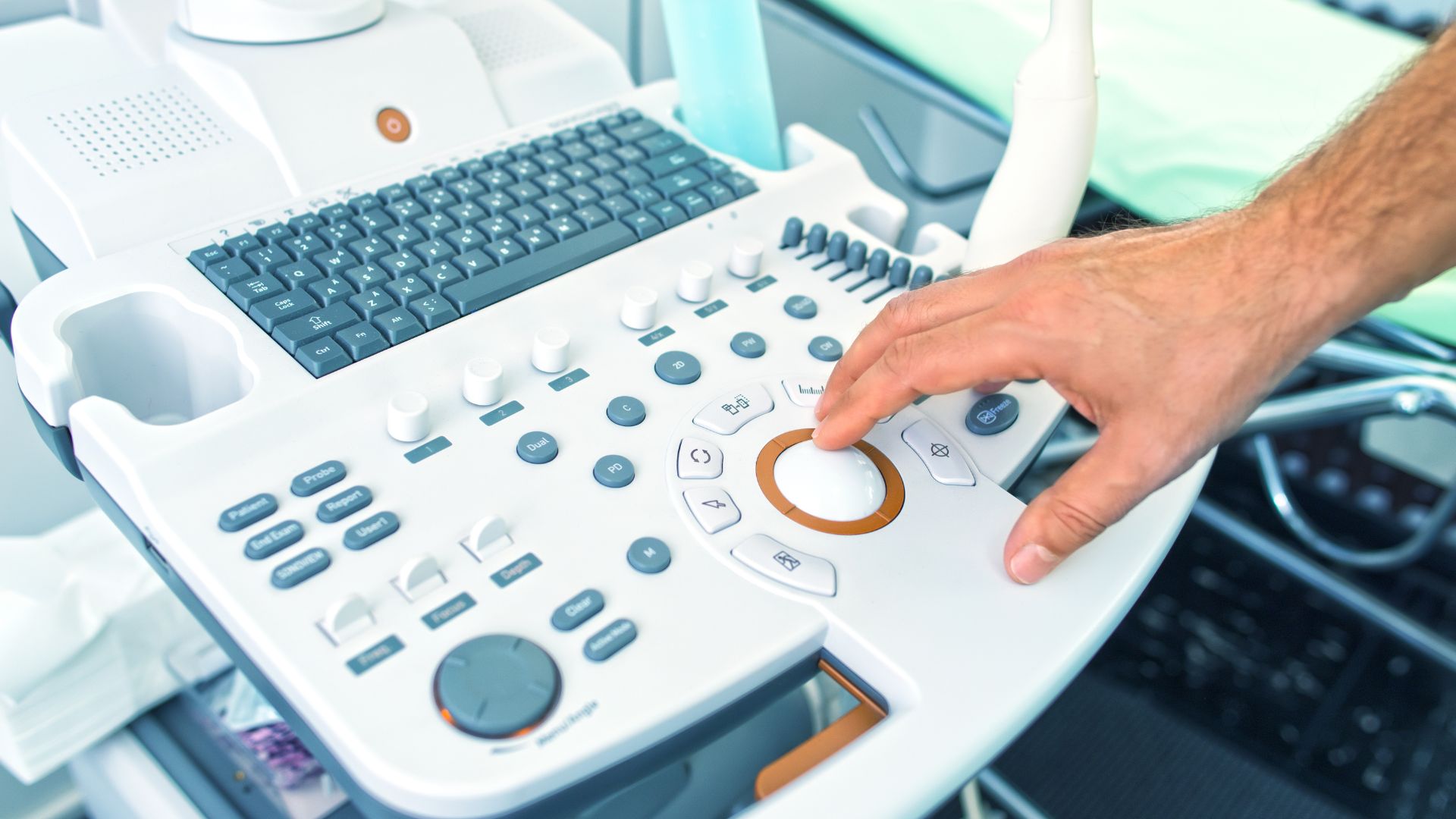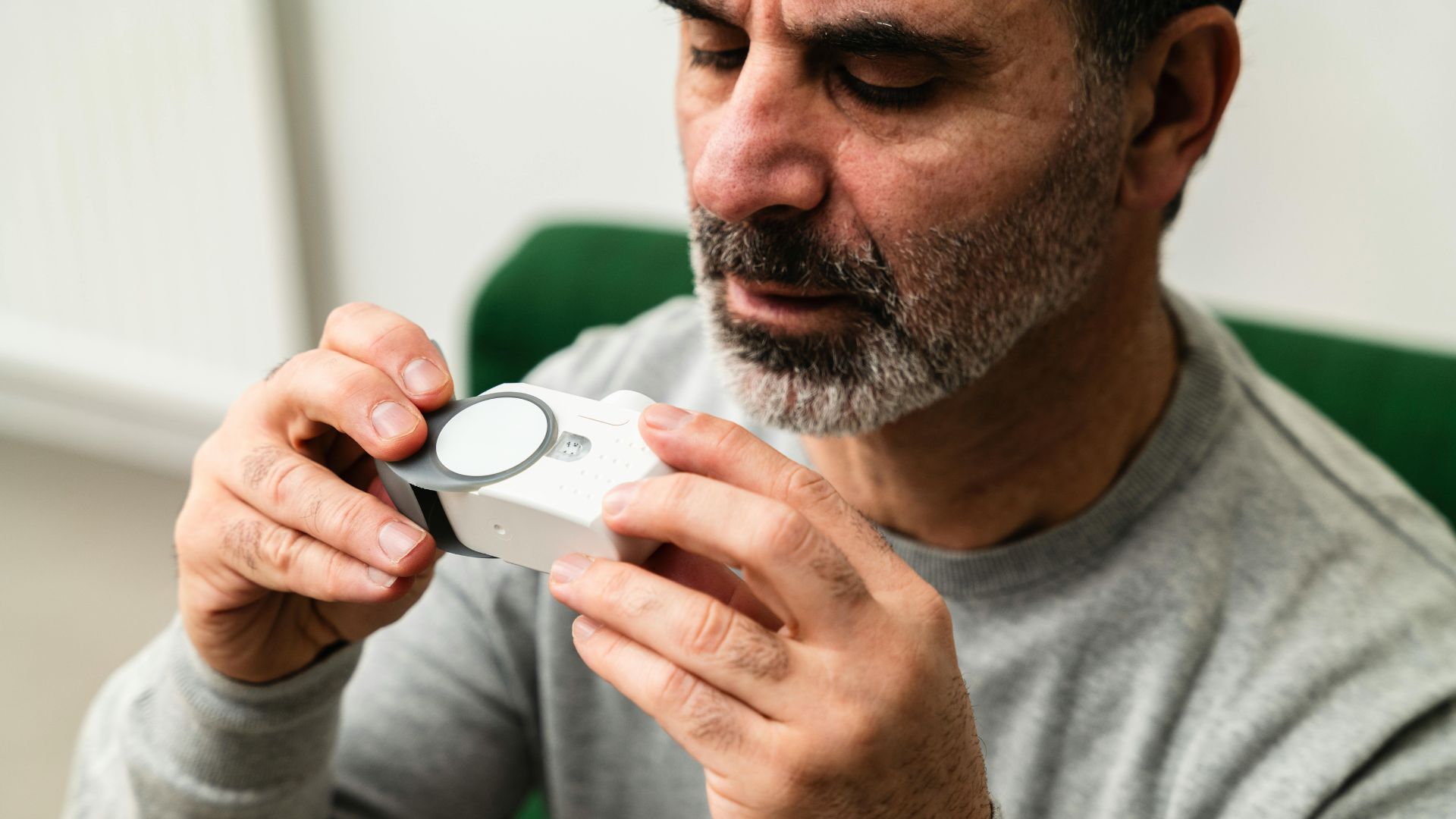ISO 13485 is the internationally recognized standard for quality management systems (QMS) in the medical device industry. Developed by the International Organization for Standardization (ISO), it provides a harmonized framework for ensuring medical device safety, efficacy, and compliance throughout the entire product lifecycle.
This guide offers a deep dive into ISO 13485:2016—clarifying its purpose, applicability, relationship with global regulations, and critical steps for successful implementation and sustained compliance.
What Is ISO 13485?
ISO 13485 sets out the requirements for a QMS specific to the medical device industry. It covers the design, development, production, installation, servicing, and disposal of medical devices and related services. Unlike general quality management systems, ISO 13485 is structured around risk management, traceability, regulatory documentation, and product-specific validation.
Its scope includes:
- Ensuring consistent product realization processes
- Emphasizing patient safety through risk-based controls
- Supporting market-specific regulatory submissions
The standard applies to both manufacturers and supporting entities such as contract sterilizers, logistics providers, and component suppliers.
In practice, manufacturers are responsible for full product lifecycle control — from design and risk management to validation and postmarket surveillance. Service providers (e.g., sterilizers, warehousing partners) must demonstrate compliance in their defined processes and maintain traceability, process control, and communication with upstream clients.
Scope and Applicability
ISO 13485 applies to:
- Design and manufacturing sites
- Companies handling distribution, storage, and servicing
- Contract organizations providing sterilization, packaging, or calibration
- Regulatory consultants, authorized representatives, and importers who influence device compliance
Its flexibility allows for partial application — entities need only comply with relevant sections based on their role. However, exclusions must be justified and documented.
ISO 13485 vs ISO 9001
While ISO 9001 emphasizes customer satisfaction and continual improvement, ISO 13485 prioritizes regulatory compliance and patient safety. Key distinctions include:
- Mandatory risk management at all stages
- Rigorous process validation
- Enhanced requirements for traceability and documentation
- Greater focus on regulatory reporting and data integrity
ISO 9001 allows for greater flexibility, while ISO 13485 is more prescriptive — particularly concerning design validation, complaint handling, and process documentation.
Core Structure and Key Clauses of ISO 13485
ISO 13485 is structured into eight sections. The core QMS requirements lie within Sections 4–8:
- Section 4: QMS scope, documentation control, and quality manual
- Section 5: Management review, quality policy, and planning
- Section 6: Competence, training, and infrastructure
- Section 7: Design controls, purchasing, production, servicing
- Section 8: CAPA, internal audits, monitoring, and improvement
Each clause must be interpreted in the context of product and process risk. Traceability, validation, and objective evidence are common themes across all sections.
Regulatory Alignment and Global Relevance
ISO 13485 is harmonized with major regulatory frameworks:
- EU MDR/IVDR: Aligns with QMS obligations under Articles 10 and Annex IX
- S. FDA QMSR: The FDA will replace its current QSR with QMSR, which references ISO 13485
- Health Canada: Requires ISO 13485 certification for device licensure
- MDSAP: ISO 13485 forms the basis of audits accepted by multiple regulators (e.g., U.S., Canada, Brazil, Australia, Japan)
The FDA’s transition to the QMSR will further align global systems. While terminology and documentation expectations may differ slightly (e.g., DMR vs. technical file), ISO 13485 increasingly functions as the de facto international QMS standard.
Implementation Essentials
Implementation should be risk-driven and functionally integrated. Critical QMS elements include:
- Design and Development Procedures: Formalized input, output, review, and verification/validation steps
- Supplier Quality Management: Qualification, auditing, and performance tracking
- Process Validation Protocols: Especially for sterilization, molding, packaging, and software
- Document Control: Change history, authorization levels, versioning
- Risk Management Files: Fully integrated with ISO 14971 methodologies
- Device Master and History Records: Including lot traceability and release criteria
- Postmarket Data Handling: Complaint trending, adverse event reporting, vigilance
Effective implementation often includes the use of cross-functional QMS implementation teams, digital document management systems, and internal training programs mapped to clause requirements.
Common Pitfalls and Regulatory Lessons
Frequent ISO 13485 compliance failures include:
- Inadequate validation of reprocessed or software-driven devices
- Supplier nonconformance without proper escalation or risk re-evaluation
- CAPA systems that fail to identify root causes or verify corrective actions
- Management reviews that are procedural but lack input analysis and action plans
Case example: A European orthopedic implant company failed ISO 13485 re-certification when their design verification reports did not include real-world use simulation. The absence of user environment validation led to a Class II product recall.
Another case involved a contract sterilizer whose failure to validate ethylene oxide parameters triggered a national Field Safety Corrective Action (FSCA). ISO 13485 clause 7.5.1 (control of production) and 7.5.5 (validation of processes) were cited.
Audits and Certification Roadmap
Certification involves:
- Stage 1 Audit – Documentation and readiness
- Stage 2 Audit – Operational QMS assessment
- Annual Surveillance Audits – Verifying sustained compliance
- Recertification every three years
Auditors assess alignment between QMS documents, risk files, design controls, and postmarket surveillance. Discrepancies between documented procedures and real-world practices often result in nonconformities.
Manufacturers should conduct pre-audit gap assessments and internal mock audits mapped to each clause. Integrating audit findings into the CAPA system ensures continuous maturity.
Maintaining a Resilient QMS
Sustaining certification requires:
- Active PMS and PMCF integration
- Living risk files updated after field data and complaints
- Ongoing internal audits tied to KPI performance
- Robust change control with impact assessment
- Evidence of continual improvement, not just procedural compliance
Postmarket surveillance should be formalized with processes for data collection, trend analysis, and feedback to design. QMS documentation should support traceability between postmarket findings and design changes.
Organizations should hold regular cross-functional QMS reviews that include market performance data, audit results, and supplier performance metrics.
ISO 13485 and Risk Management in Practice
One of the most defining elements of ISO 13485 is its emphasis on integrating risk management throughout the device lifecycle. This concept is not confined to product design but extends across procurement, manufacturing, storage, distribution, and postmarket monitoring.
ISO 14971 serves as the complementary standard for implementing risk management principles under ISO 13485. Manufacturers are expected to:
- Identify hazards and hazardous situations for each device use scenario
- Estimate and evaluate the associated risks
- Implement risk control measures with documented effectiveness
- Monitor residual risks and emerging hazards through PMS and complaint data
Example 1: A company producing insulin pens conducted a risk analysis that identified potential dosage miscalibration due to user error. Control measures included tactile feedback features and dose window magnification. These mitigations were then verified through usability testing and postmarket performance tracking.
Example 2: A surgical implant manufacturer linked high supplier variability to a spike in surface contamination rates. ISO 13485 requires that suppliers be evaluated and monitored — the company responded by enforcing stricter incoming inspection protocols and requalifying their anodizing partner.
Organizations should maintain centralized risk management files that are cross-referenced in design dossiers, validation reports, and PMS plans. Regulators increasingly expect traceability from risk identification to field performance, and ISO 13485 facilitates this by embedding risk-based thinking into every clause.
Conclusion
ISO 13485 is the cornerstone of medical device quality assurance and global regulatory preparedness. When implemented as a living system, it drives risk-based product development, end-to-end traceability, and postmarket responsiveness. Organizations that internalize ISO 13485 not just for certification but for operational excellence stand out in regulatory inspections, market readiness, and product reliability.
The ability to align ISO 13485 with emerging global regulations—including the FDA’s QMSR—positions manufacturers for long-term success in an evolving regulatory landscape.








